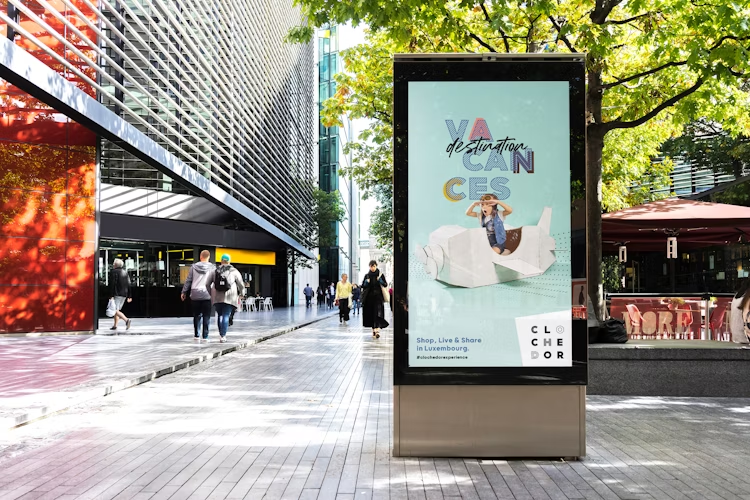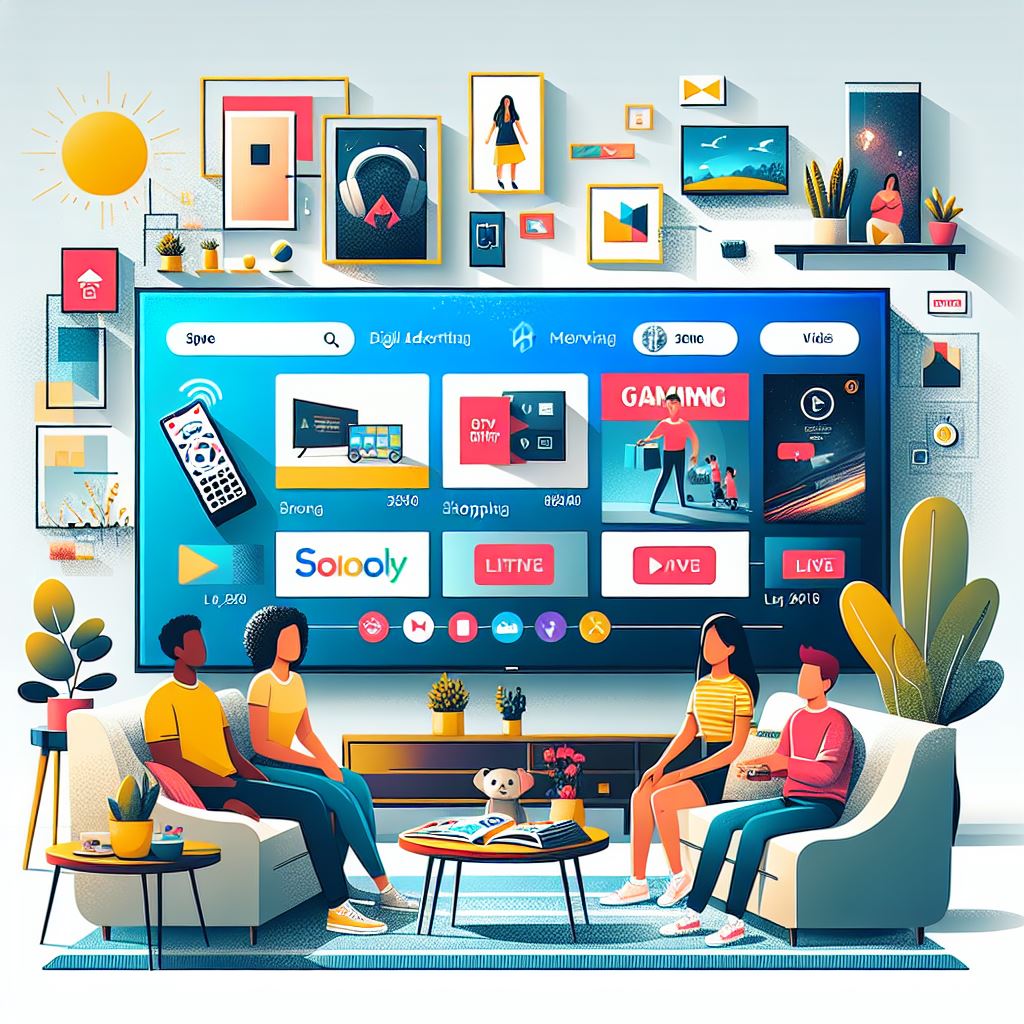In the early 2000s, when digital advertising was still in its infancy, few could have predicted the seismic shift it would create in the marketing landscape. The real game-changer came when Google began integrating advertisements with its search engine results, fundamentally altering how brands reached consumers. This move marked the dawn of a new era where search engine optimization (SEO) became the holy grail for businesses vying for that coveted first-page spot.
But the revolution didn’t stop there. Google’s acquisition of YouTube in 2006 added another dimension to digital advertising, transforming the platform into the second-largest search engine globally and a powerhouse for video ads. This early pivot from traditional media to digital set the stage for the explosive growth we see today, with digital advertising in India projected to reach $21 billion by 2028, growing at a compound annual growth rate of 19-20% .
As the digital landscape expanded, so did opportunities for advertisers. What started with basic text ads alongside search results has transformed into a multi-faceted ecosystem with display ads, video content, and social media at its core. This evolution was accelerated by the widespread adoption of smartphones and affordable internet, making digital advertising a critical tool for brands aiming to stay competitive.
The Growth Phase and Current Trends
Today, digital advertising in India is a dynamic and essential component of the marketing mix. To understand how the industry has reached this point and what’s driving its current momentum, it’s crucial to explore the latest trends shaping the landscape.
- Social Media Boom: Platforms like Facebook, Instagram, and YouTube have become essential tools for brands to reach their audiences. With millions of active users, social media has enabled brands to connect with consumers in real-time, creating opportunities for viral marketing, user-generated content, and direct engagement.
- Personalized Advertising: Data-driven strategies allow brands to target specific demographics with tailored content. From programmatic advertising that automates ad buying to hyper-personalized campaigns, brands can now reach “an audience of one” with customized messages based on a consumer’s geography, language, behaviour, and preferences.
- Influencer Marketing: Leveraging the authenticity and reach of influencers, brands collaborate with social media personalities to create content that resonates with target audiences. Influencer marketing has become a powerful way to build trust and drive engagement, especially among younger consumers.
- Over-the-Top (OTT) Platforms: Streaming services like Netflix, Hotstar, and Amazon Prime Video have created new opportunities for video advertising. With more consumers cutting the cord on traditional TV, OTT platforms offer targeted ad placements within premium content, reaching audiences who are increasingly consuming media on-demand.
- Programmatic Advertising: The automation of ad buying through programmatic platforms has revolutionized digital advertising. By using real-time data to optimize ad placements, programmatic advertising ensures that brands reach the right audience at the right time, improving efficiency and ROI.
- Regional and Vernacular Content: As digital penetration increases across India, brands are focusing on regional languages and local content to connect with diverse audiences. This shift towards vernacular content allows brands to tap into new markets and engage consumers in a more relatable way.
- Audio Marketing: With the rise of podcasts and voice-activated devices, audio advertising has gained traction. Brands are now exploring creative ways to integrate audio ads into consumers’ daily routines, reaching them through platforms like Spotify and popular podcast shows.
- E-commerce Integration: The growth of e-commerce platforms has made digital advertising more transactional. Brands are leveraging data from online shopping behaviours to create highly targeted ads that drive conversions directly on platforms like Amazon, Flipkart, and Myntra.
- Video Content: As consumers increasingly favor video content, platforms like YouTube and Instagram Reels have become key battlegrounds for digital advertisers. Short-form videos, live streaming, and interactive video ads are driving higher engagement and providing brands with new ways to tell their stories.
These trends highlight the dynamic nature of digital advertising in India, where innovation and consumer behaviour continue to shape the landscape.
Challenges in Digital Advertising
Despite its growth, digital advertising in India faces several challenges. Privacy concerns and stricter regulations are making it harder for advertisers to track users’ internet browsing history. Big tech platforms like Apple, Google, and Meta are increasingly restricting advertisers’ ability to gather data, which could impact ad targeting and effectiveness.
The rise of ad blockers also presents a challenge, as consumers gain more control over what ads they see. This shift could lead to the rise of permission marketing, where brands need explicit consent from users to deliver promotional messages. As consumers become more selective, brands may need to explore alternative strategies, such as creating their own entertainment content or increasing brand placements in films, TV shows, and games.
The Path Ahead
Looking ahead, the future of digital advertising in India will likely be shaped by emerging technologies. Artificial intelligence (AI), augmented reality (AR), and blockchain are poised to revolutionize how ads are created, delivered, and measured. Voice search and smart devices will also play a crucial role, as brands find new ways to integrate their messaging into everyday interactions with technology.
Personalization will continue to be a key trend, with brands focusing on delivering more relevant and contextual ads based on a consumer’s geography, language, mindset, and behaviour. Additionally, as sustainability and ethics gain importance in the advertising world, brands will need to consider the impact of their messages on both the environment and society at large.
The future promises even more innovation, with emerging technologies and ethical considerations shaping the next phase of growth. For marketers in India, staying ahead of these trends will be crucial to maintaining a competitive edge in the ever-evolving world of digital advertising.





